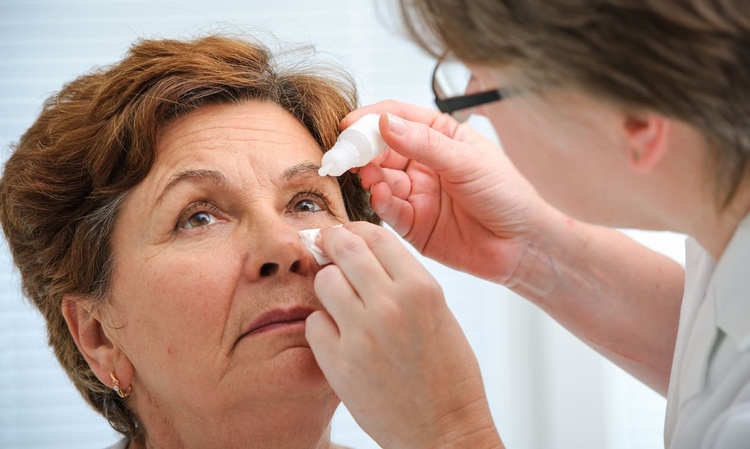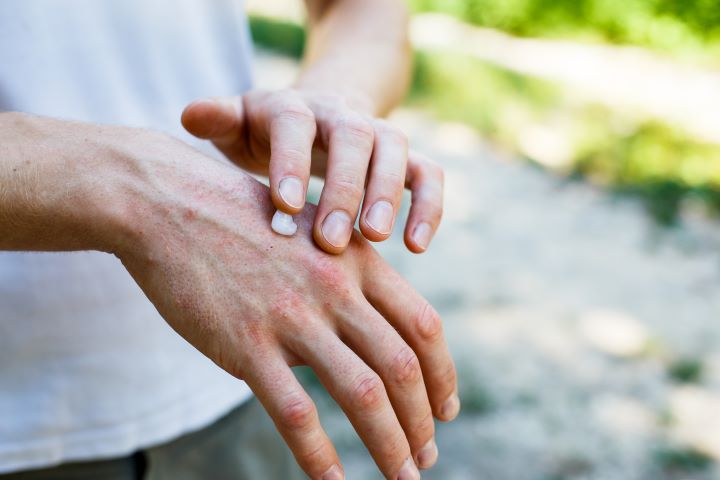Understand Persistent Dry Eye Causes & Their Impact On Your Eye Health
Persistent dry eye syndrome affects millions of people worldwide, creating ongoing discomfort and potentially serious complications for eye health. This chronic condition occurs when your eyes don't produce enough tears or when the tears evaporate too quickly, leaving your eyes inadequately lubricated. Understanding the underlying causes and recognizing the long-term impact on your vision and overall eye health is crucial for maintaining optimal ocular wellness and preventing more severe complications.

What Are the Main Persistent Dry Eye Causes?
Dry eye syndrome stems from various factors that disrupt the delicate tear film protecting your eyes. Age-related changes are among the most common causes, as tear production naturally decreases as we grow older, particularly after age 50. Hormonal fluctuations also play a significant role, especially in women experiencing pregnancy, menopause, or those taking hormone replacement therapy or oral contraceptives.
Environmental factors frequently trigger or worsen dry eye symptoms. Extended exposure to dry, windy, or smoky conditions can accelerate tear evaporation, while prolonged screen time reduces blinking frequency, preventing adequate tear distribution across the eye surface. Additionally, certain medications including antihistamines, decongestants, antidepressants, and blood pressure medications can decrease tear production as a side effect.
Underlying health conditions are often overlooked contributors to persistent dry eye. Autoimmune disorders like Sjögren’s syndrome, rheumatoid arthritis, and lupus can attack tear-producing glands. Meanwhile, structural issues such as incomplete eyelid closure, eyelid inflammation (blepharitis), or meibomian gland dysfunction can interfere with the quality or distribution of tears across the eye surface.
How Does Recognizing Persistent Dry Eyes Help Your Health?
Early identification of dry eye symptoms enables prompt intervention, potentially preventing more severe complications. The initial signs of dry eye—such as a gritty sensation, redness, light sensitivity, and blurred vision that improves with blinking—often develop gradually. By recognizing these warning signals early, you can implement lifestyle changes and seek appropriate treatment before the condition progresses.
Persistent dry eye can significantly impact quality of life by causing chronic discomfort and interfering with daily activities. Many patients report difficulty with reading, driving (especially at night), using computers, or enjoying outdoor activities. This functional impairment can lead to decreased productivity, social withdrawal, and psychological effects such as anxiety and depression. Recognizing the condition allows for management strategies that can alleviate these burdens.
Perhaps most importantly, untreated dry eye can lead to more serious eye health complications. The eye’s surface relies on adequate lubrication for protection against infection and injury. Without this protection, patients face increased risk of corneal abrasions, eye infections, and corneal ulcers that may lead to scarring and permanent vision impairment. Early recognition and treatment help preserve the integrity of the ocular surface and protect long-term vision health.
What Is the Impact of Persistent Dry Eye on Your Eye Health?
The ocular surface damage resulting from chronic dry eye can be cumulative and potentially irreversible. As the condition persists, inflammation becomes a dominant feature, creating a vicious cycle where inflammation further damages tear-producing glands and tissues. This progressive damage can lead to corneal epithelial breakdown, formation of filamentary keratitis (where strands of dead cells and mucus attach to the cornea), and in severe cases, corneal thinning or perforation.
Visual function often deteriorates with untreated dry eye syndrome. The unstable tear film creates an irregular optical surface, leading to fluctuating vision that worsens throughout the day. This visual disturbance can be particularly problematic for contact lens wearers, who may experience decreased tolerance to their lenses and require frequent prescription adjustments. Some patients develop light sensitivity severe enough to limit outdoor activities or driving at night.
Long-term inflammatory changes from persistent dry eye can also affect surrounding ocular structures. Chronic inflammation may spread to the conjunctiva, eyelids, and meibomian glands, potentially causing permanent structural changes that further compound the condition. Additionally, the constant discomfort and visual disturbances associated with untreated dry eye can significantly diminish quality of life, affecting work performance, social interactions, and overall well-being.
What Are Effective Dry Eyes Management Strategies?
Environmental modifications represent an essential first step in managing dry eye symptoms. Maintaining optimal humidity levels (40-60%) with a humidifier, avoiding direct air from fans, heaters, or air conditioners, and taking regular breaks during screen use can significantly reduce symptom severity. Wearing wraparound sunglasses outdoors helps shield eyes from wind and environmental irritants that accelerate tear evaporation.
Daily eye care routines can dramatically improve comfort for dry eye sufferers. Warm compresses applied to closed eyes for 5-10 minutes help melt blocked meibomian gland secretions, while gentle eyelid hygiene using specialized cleansers removes debris that can contribute to inflammation. Proper nutrition also plays a role—omega-3 fatty acids found in fish, flaxseed, and walnuts have anti-inflammatory properties that may improve tear quality.
Lifestyle adjustments that support overall eye health are equally important. Staying well-hydrated ensures adequate fluid is available for tear production. Taking regular breaks during screen use (following the 20-20-20 rule: every 20 minutes, look at something 20 feet away for 20 seconds) reduces evaporative stress on the tear film. For contact lens wearers, limiting wear time and switching to daily disposables or specialty dry eye lenses can minimize irritation and preserve comfort.
What Are Your Understanding Dry Eye Treatment Options?
Over-the-counter treatments provide accessible relief for many dry eye sufferers. Artificial tears in various formulations—from light lubricants for mild symptoms to thicker gels and ointments for moderate to severe dryness—temporarily supplement natural tear production. Preservative-free options reduce the risk of irritation with frequent use. Eye drops that reduce redness or “get the red out” should generally be avoided as they may worsen symptoms with prolonged use.
Prescription treatments target the underlying inflammation common in chronic dry eye. Topical anti-inflammatory medications such as cyclosporine (Restasis) and lifitegrast (Xiidra) work by reducing inflammation in tear-producing glands and increasing natural tear production over time. Corticosteroid eye drops may be prescribed for short-term use during symptom flare-ups, while antibiotic-steroid combinations address associated conditions like blepharitis.
Advanced interventions become necessary for severe or treatment-resistant dry eye. Punctal plugs—tiny silicone or collagen devices inserted into tear drainage ducts—help conserve natural tears by preventing their rapid drainage. Autologous serum tears created from a patient’s own blood components provide growth factors and proteins that support healing of the ocular surface. In cases with significant meibomian gland dysfunction, in-office procedures like thermal pulsation treatments (LipiFlow) or intense pulsed light therapy may help restore proper gland function and improve tear film stability.
This article is for informational purposes only and should not be considered medical advice. Please consult a qualified healthcare professional for personalized guidance and treatment.



